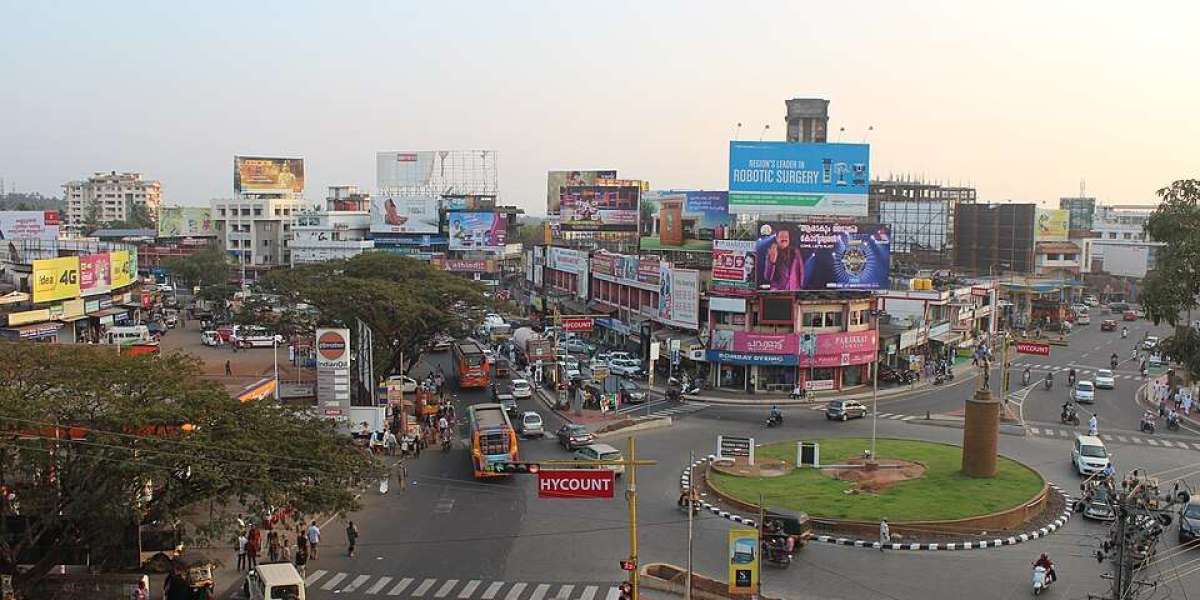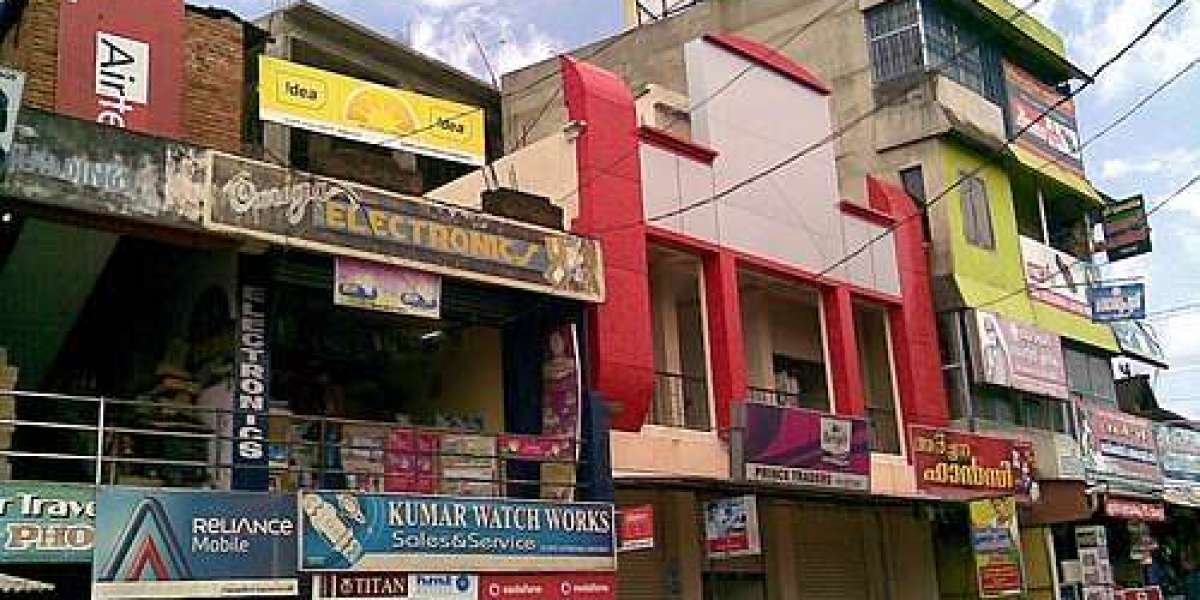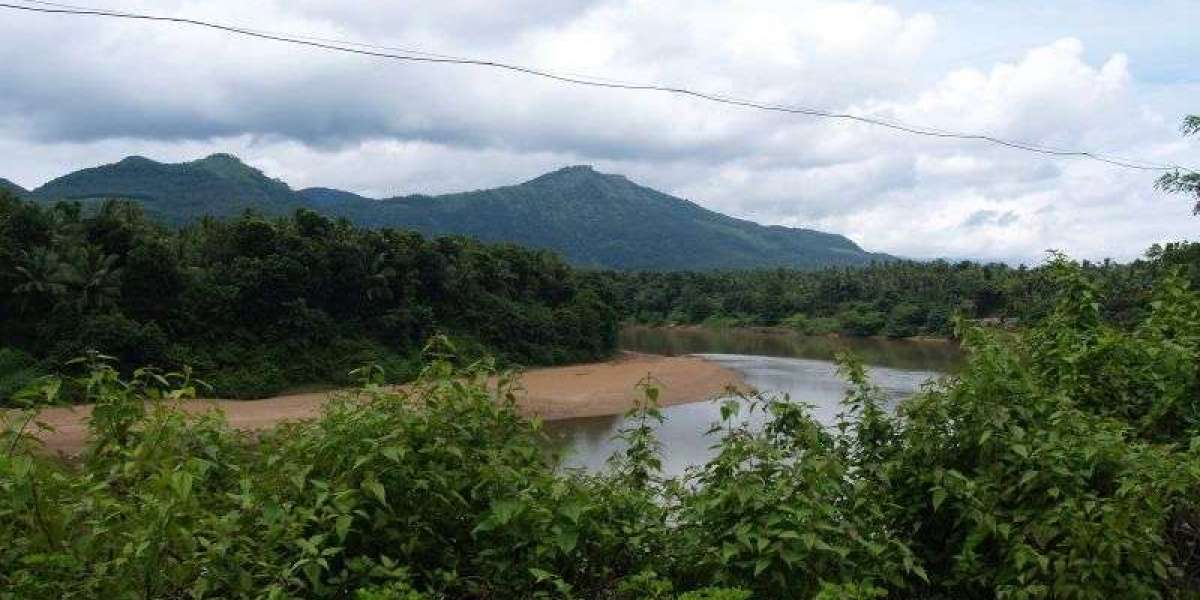Polling Stations
According to the State Election Commission, the constituency is served by approximately 161–165 polling stations as of 2016. Sample entries from the official booth list include:
Madrasathul Muhammadiyya AUP School, Kuppam (Ward Kuppam)
Thaliparamba GM UP School (North Side) – Mukkola ward
Seethi Sahib Higher Secondary Block (North & South), Kundamkuzhi & Sayyid Nagar
Tagore Vidya Nikethan HS & GLP Schools in Sayyid Nagar/Karimbam
Thaliparamba UP School (multiple wings) in Thullanoor & Pookoth Theru
Keezhatoor GLP School, BEM LP School in town areas
These booths are distributed across both urban municipality wards (Thaliparamba, Anthoor) and rural panchayats—covering interior, coastal and agricultural zones.
Geographic & Demographic Features
Thaliparamba spans a mix of coastal plain, backwaters, fertile agricultural uplands, and small hill-slopes near Nadukani. The area includes two municipalities—Anthoor and Taliparamba—and seven grama panchayats such as Chapparapadavu, Kuttiattoor, Mayyil, Pariyaram, and Kolachery.
As of the 2021 electors’ roll, the constituency had 213,096 registered voters, up from ~197,568 in 2016 and ~174,788 in 2011. Voter turnout historically exceeds 80%. The population exhibits high literacy and a balanced gender ratio, typical of Kannur district’s socio-demographic profile.
Economy & Livelihoods
The constituency economy is anchored by:
Agriculture: Coconut, areca nut, rubber, rice, and seasonal vegetables dominate inland panchayats.
Blue economy & fisheries: Coastal wards and backwater communities engage in fishing and small-scale aquaculture.
Remittances (NRI income): A significant share of families depend on Gulf migration—Kannur is known for high expatriate remittance flows.
Trade & small business: Towns like Thaliparamba and Anthoor support retail, wood-based trade, timber, coir trading, and small industries.
Education & health institutions: Hi-tech hospitals (Pariyaram Medical College), and technical institutes enable employment and enhance human capital.
Most households fall into the middle-income bracket, largely supported by remittances and local trades. Some coastal fishers and remote rural hamlets may still fall below poverty line, but high literacy and civic planning have raised living standards across the constituency.
Recent Development Initiatives
The constituency has seen significant public investment:
₹70 crore development package recently approved for roads and bridges, with projects including Mankara bridge, Pavannur–Velluvayal, Kuppam–Vairamkottam road, Chera–Valluvankadav road, Kolacheri canal road and local health center access roads.
A ₹5 crore approval for Mullakodi Tourism Park and coastal eco-tourism (Vellikel Eco Park), aimed at boosting rural tourism and local income generation.
Twelve electric vehicle charging stations sanctioned at key hubs—Thaliparamba town, Chapparapadav, Kurumathur, Malapattam, Parassinikadavu, and others—to encourage sustainable transport uptake.
A first-of-its-kind Kudumbashree women’s startup workshop held within the constituency to empower young women entrepreneurs under government-backed agencies.
Conclusion
Thaliparamba Assembly Constituency is a multifaceted region bridging coastal belts, fertile farms, migratory remittance-based households, and thriving small-town commerce. Anchored in a tradition of participatory civic planning and Left-wing political governance, it sustains a predominantly middle-class demographic—with pockets of rural vulnerability. Recent infrastructure investments, tourism promotion, EV infrastructure, and women’s entrepreneurship initiatives highlight local momentum toward inclusive, future-ready development.







